Luck of the Draw by Bonnie Raitt
Buy Luck of the Draw It had taken nearly two decades for Bonnie Raitt to achieve the commercial success that critics had long felt she would achieve. That success came with Raitt’s 1989 […]
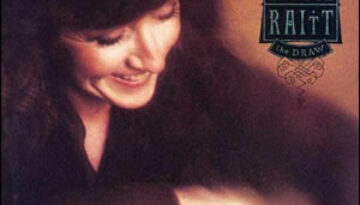
Buy Luck of the Draw It had taken nearly two decades for Bonnie Raitt to achieve the commercial success that critics had long felt she would achieve. That success came with Raitt’s 1989 […]
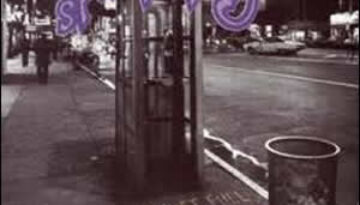
Buy Pocket Full of Kryptonite As the Grateful Dead’s long career began to wind down in the early nineties, there were many pseudo-hippie, jam-oriented bands that emerged to fill the void for the […]
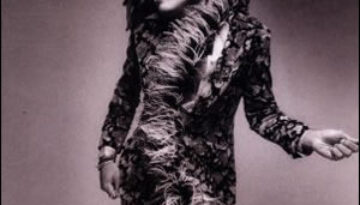
Buy Mama Said Lenny Kravitz followed up his brilliant 1989 debut, Let Love Rule with Mama Said two years later. Although many critics thought this sophomore effort paled in comparison, Mama Said was […]
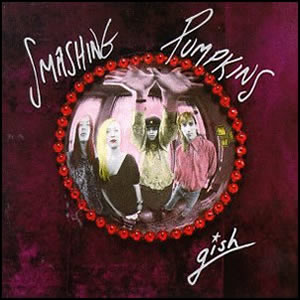
Buy Gish Gish is the debut album by alternative rock band Smashing Pumpkins, released independently in 1991. The album was co-produced by Butch Vig and recorded in his studio in Madison, Wisconsin. The […]
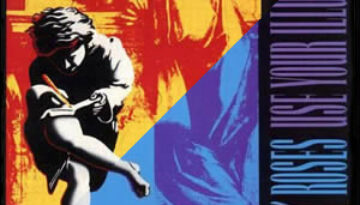
Buy Use Your Illusion I Buy Use Your Illusion II It had been four years since Guns n’ Roses had put out their last full studio album, which also happened to be their […]
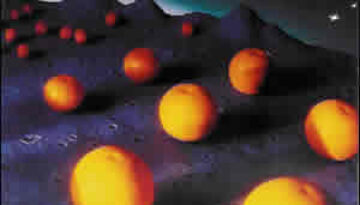
Buy The Dylans When determining which albums to review here at Modern Rock Review, we like to stay pretty much within the bounds of mainstream rock and usually only make exceptions for very […]
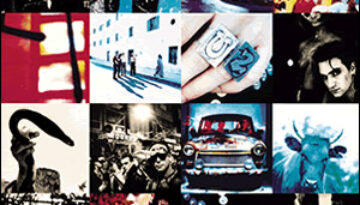
Buy Achtung Baby “The sound of four men chopping down The Joshua Tree.” This is how lead singer and lyricist Bono described the radical new approach that the established and successful band U2 […]